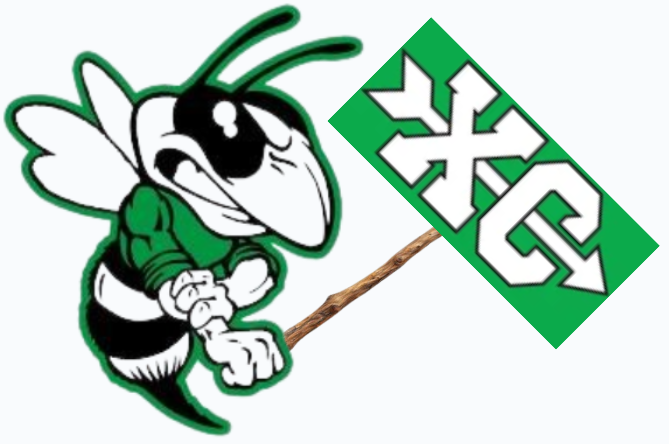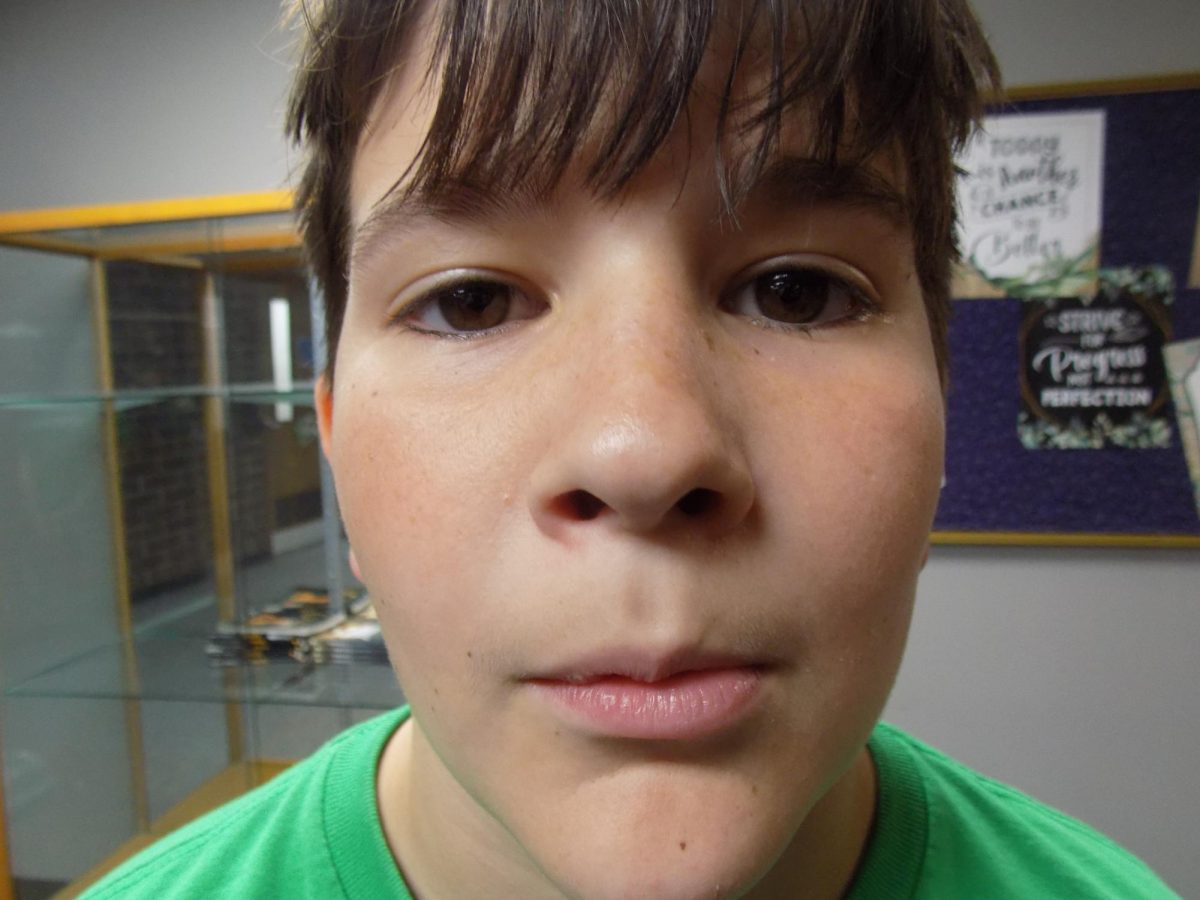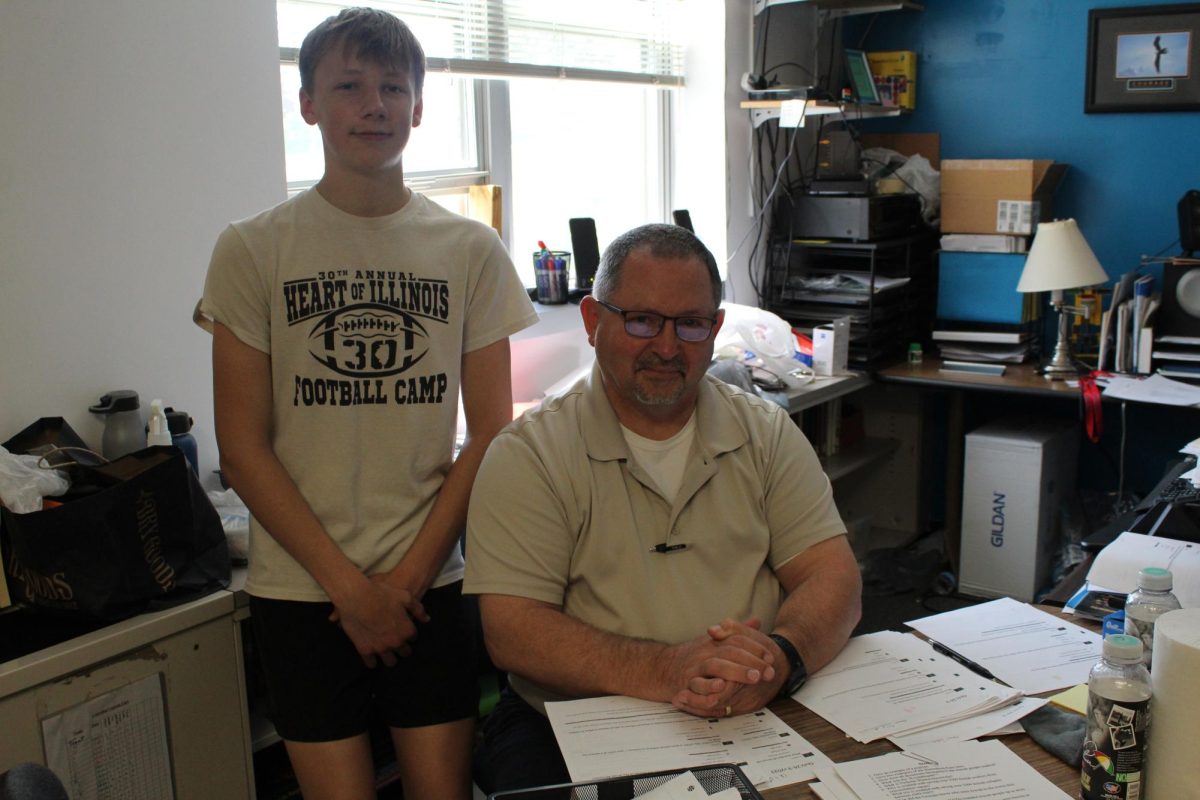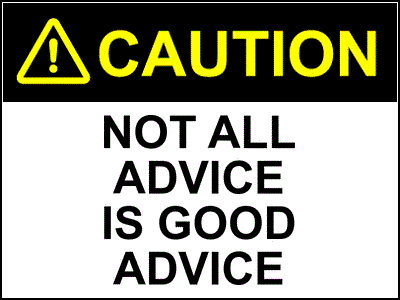Dungeons and Dragons, the greatest role-playing game in existence, offers a multitude of ways to play. There are multiple alignments, from chaotic to lawful and good to evil. Each alignment carries a different significance, with the three main ones being Good, Neutral, and Evil. Good individuals typically strive to help others and save people whenever possible. Neutral alignments usually prioritize actions that benefit themselves, assisting others only when it suits their interests best. Evil characters, on the other hand, aim to make others’ lives harder and are often portrayed as inherently bad individuals. Another set of alignments includes lawful, neutral, and chaotic. Lawful individuals tend to adhere to a specific set of rules and laws, whereas neutrals are indifferent and mainly focus on survival without taking sides. Chaotics, on the other hand, enjoy causing frustration and are often portrayed as criminals who prefer not to be constrained by rules. Most players have a particular alignment they prefer, as shown by the following individuals’ choices:
- Sam Miller chose chaotic good because it allows for doing greater good without being bound by rules.
- Kentin Garrison responded, “what? Why are you asking me about D&D? I don’t even play!”
- Gabe Preciado favored Lawful Good because the person in question was involved in creating half of their character.
- Davin Dingledine expressed uncertainty, mentioning, “I don’t even know, I don’t play.”
- Sam Snyder jokingly claimed Chaotic Evil, stating a preference for causing chaos and committing war crimes in the game (Not).
- Elliot Munson identified as Chaotic Neutral, enjoying portraying a crazed persona and delighting in trolling others.
- Maxx Cool opted for Chaotic Good, finding humor in this choice.




























